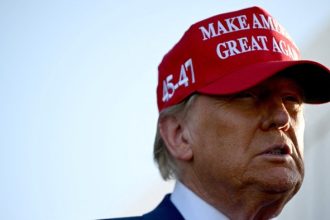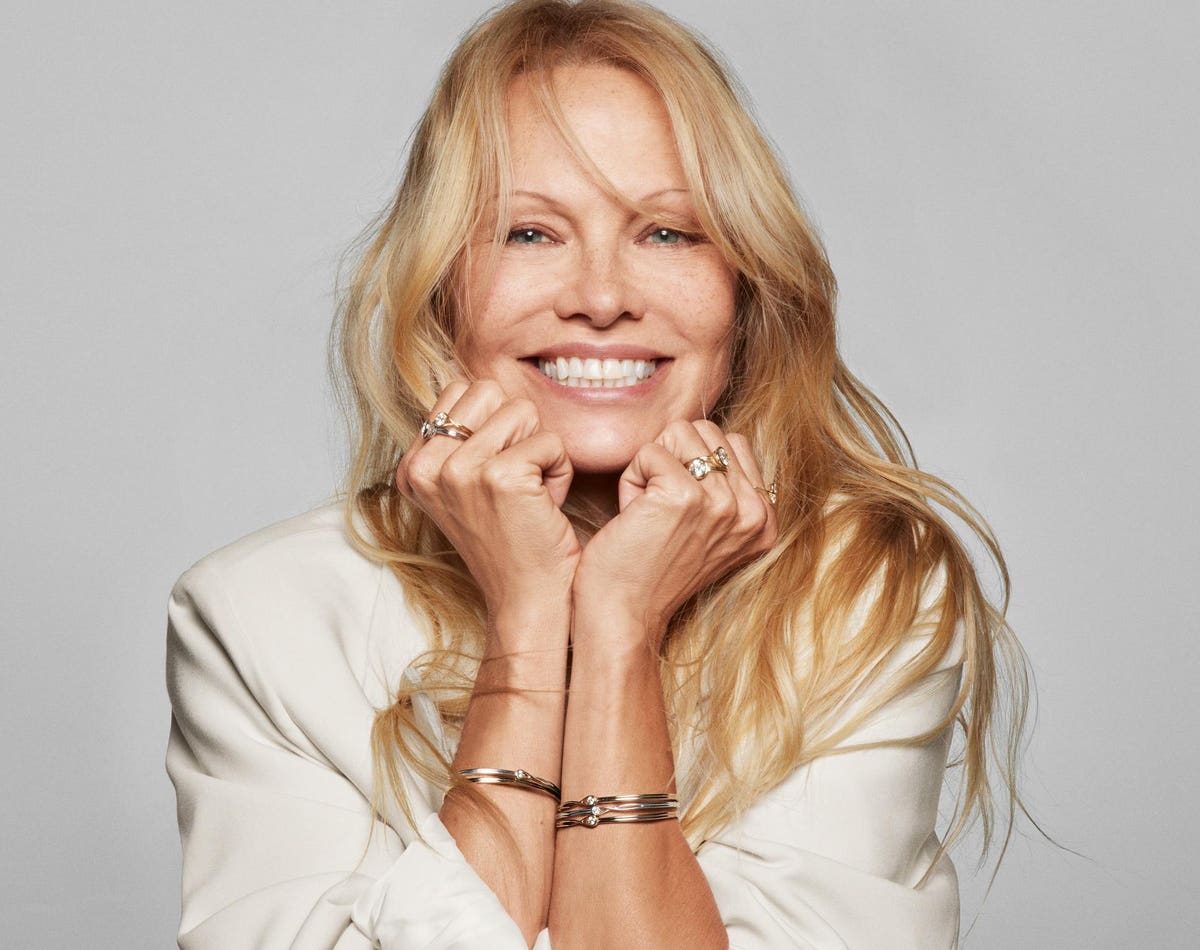With the global jewelry market in retreat, Pandora just delivered a solid second-quarter performance, with organic revenues up 5% to $850 million and like-for-like (LFL) revenues advancing 2%. This brought first-half revenues up 3.5% over the previous year to $1.7 billion.
Having expected challenges in fiscal 2023, Pandora initially guided on a -2% to +3% change in revenues this year, but given its strong performance so far, it raised guidance to between +2% to +5% by year-end.
“We outperformed the market,” CEO Alexander Lacik shared with me after the earnings call. “There’s a lot of uncertainty out there, with the Ukraine war, rising interest rates and consumer sentiment dropping like a stone. It’s a fact that people have less disposable income to go around, so against those macros, we showed sequential improvement.”
And Lacik is counting on that sequential improvement to pick up pace through the rest of the year after it drops three new collections of lab-grown diamond jewelry into the U.S., Canada, Australia and U.K. markets, with Mexico and Brazil to follow in time for holiday.
The new range includes rings, earrings, bracelets and necklaces and for the first time, it is presenting lab-grown diamonds in its flagship charms, what the company calls the “universe that is at the heart of Pandora.”
“We have over 600 million customers coming to our stores and website every year and we know the vast majority of them are very interested in buying a diamond but can’t afford mined diamonds. That’s where Pandora comes into play. The whole company is about democratizing the jewelry space,” he shared.
Choppy Performance
Given Pandora’s exposure in 100 countries, its geographic performance was choppy in the second quarter. Europe was basically flat, with the U.K. and Germany up modestly and Italy and France declining modestly as well. Together, these four markets generate 30% of the company’s revenues.
China was problematic, down 6% in the quarter, putting the first half off by 23%, but China only accounts for 3% of company revenues. Hence, the decline isn’t so noticeable, especially given that outside Pandora’s top seven markets, revenues were up 18% in the first half.
The U.S. is another story where nearly one-third of the company’s revenues are generated. Organic growth was off 2% in the first half, with like-for-like revenues down 5%. However, Lacik said the decline in the U.S. is tapering off, down -7% LFL in first quarter, but only -4% in the second.
“We are pretty certain that we are actually down a lot less than the market. That means we are growing market share,” he said, adding that the data sources the jewelry industry relies upon tell different stories about the trajectory of the U.S. market.
For example, the Bureau of Economic Analysis showed second-quarter consumer expenditures on jewelry dropped 13% from the previous year in chained dollars, adjusted for inflation, and off 4% in current dollars.
Taking another measure, Tenoris reports the value of U.S. jewelry sales dropped 10.8% through July. Unit sales were off 5.7% overall, with rings down the most, declining 9.2% in unit sales.
The only bright spots Tenoris identifies in the U.S. jewelry market is at the very high end, priced over $100,000, which rose 35% in retail sales value. That is clearly not the market that Pandora targets. However, the other one it does: lab-grown diamond jewelry.
Year-over-year, jewelry set with lab-grown diamonds advanced 32% in value and 52% on a unit sales basis. This is against a backdrop where natural diamond value sales were down 9% and unit sales off 10%.
“While natural diamond sales continued to sag by nearly every parameter, lab-grown diamonds rose by most parameters, except price. The significant news is that after months of gradually nearing each other, natural and lab grown reached the 50/50 share of unit sales in July,” Tenoris’ Edahn Golan announced.
Searching For The Pot Of Gold
Following a 2021 LGD pilot project in the U.K., Pandora launched its first lab-grown diamond collection in the U.S. and Canada a year ago. While the LGD category has only contributed about $50 million to the company coffers, it expects revenues of these fashion-forward and environmentally responsible offerings to grow exponentially after introducing three new expanded collections.
It will add nearly 60 new designs to its initial 33-piece collection, and introduce the expanded range in Australia, Mexico and Brazil this year. All pieces in the collection are set in recycled silver and gold and the stones are grown in the U.S.
As important as the LGD offerings are to the company’s sustainability mission – Fast Company named Pandora and its lab-grown diamonds as its 2023 World Changing Ideas winner in consumer products – Lacik said the company found the sustainability message isn’t what really draws customers to lab-grown diamonds.
The company’s sales staff was drilled on the environmental and sustainability story before its U.K. pilot project, only to discover, “It’s simply not a conversational point in the store,” he shared. “Customers look at the design and the price. That is essentially it.”
He added that the company’s industry-leading sustainability initiatives are important from a brand choice perspective and its loyal customers already know the company stands for this.
“The feedback we got was they love Pandora and the LGD proposition. They liked the price point but wanted more design variations,” he continued. The new collections will answer that.
The introduction of the three new collections, under the theme of “Diamonds for All,” is headlined by a diversity of spokespeople, including senior Grace Coddington, former model and Vogue creative-director-at-large, aging-gracefully 56-year-old Pamela Anderson, Millennial curve model Precious Lee and GenZ dancer and musical performer Vinson Fraley.
“Its cast helps us reimagine diamond traditions,” said the company’s CMO Mary Carmen Gasco-Buission in a statement. “Our diamonds are not for the few, for a once-in-a-life-time occasion, or only for giving. They represent personal meaning that each of us can create.”
Meaning Bonds Customers To The Brand
As a brand, Pandora has been on a dual mission and, with the addition of lab-grown diamonds, it enables the mission to go further:
- To democratize jewelry with fine quality jewelry pieces at affordable prices so Pandora has something within reach of all. Its LGD offerings range from about $300 to upwards of $4,500, but it is still affordable relative to mined diamond jewelry, even lab-grown diamond offerings from other brands.
- To make jewelry as unique and personal as the one who wears it. Toward that goal, Pandora’s lab-grown diamond styles are designed for layering, right for any occasion, and with the introduction of LGD charms, they mix well with the customers’ current collection.
And Pandora may be the company to finally unlock the women’s diamond self-purchase market, something the diamond industry has been chasing for years with little success.
“As a jewelry company, we focus on providing jewelry that represents some particular meaning to the individual; we give a voice to people’s loves,” Lacik concluded.
“We know people want beautiful jewelry, so it has to do its ‘accessory’ job well. And we do that, but we play squarely in the space beyond that: to what the jewelry means to the individual. Our category is ‘meaningful jewelry.’”
Read the full article here





